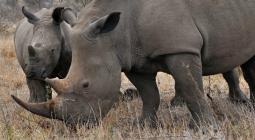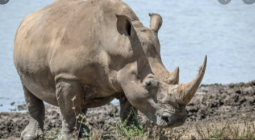Return of the rhino: can we bring the northern white back from extinction?
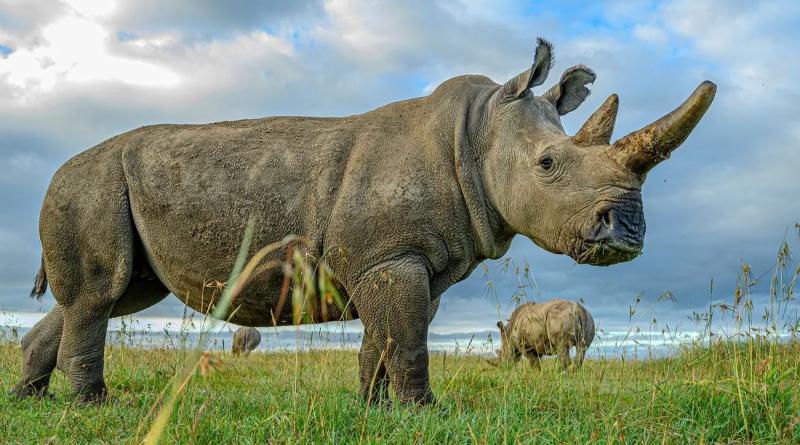
An enthralling project to save the northern white rhino is raising challenging questions as scientists debate the ethics of de-extinction
When Dr Natalie Cooper, a scientist at the Natural History Museum, met Sudan, the last surviving northern white male rhino, in Kenya before he died aged 45, she understandably feared the subspecies’ extinction was certain – mostly due to poaching fuelled by human greed for the prized horn. “The sense of enormity when staring extinction right in the eye is difficult to comprehend,” she reflects on that 2013 encounter. “It was fairly obvious by that point that the breeding programme wasn’t going to work – the subspecies seemed doomed, it was just a matter of time.”
But almost a decade later, the world’s rarest large mammal could be on the brink of an astonishing return from functional extinction. The growing efforts to save extant, but seriously threatened, species come alongside a controversial wider de-extinction movement that seeks to bring versions of lost animal breeds, such as woolly mammoths, back to life.
Scientists who collected semen and eggs from the last living members of the rhino species hope to be able to implant embryos into a cousin of the northern white rhino as part of nascent repopulation efforts which, if successful, would be unprecedented. Around 300ml of semen from Sudan and four other males, who he outlived, was collected over 15 years thanks to a variety of methods to arouse the animals, including one scientist jumping on the last male’s back. It is stored in a cryogenic tank in liquid nitrogen at a laboratory on the outskirts of Berlin. Eggs have also been collected from the last reproductive female rhino thanks to a team led by Thomas Hildebrandt, head of reproduction management at the Leibniz Institute for Zoo and Wildlife Research.
“This is completely cutting edge in terms of endangered species,” says Jan Stejskal, the international projects director at the Dvůr KrálovFé zoo in the Czech Republic, where the last northern whites were born. Previous efforts to insert hormonal implants or artificially inseminate females failed, as did transporting the last two males and females to Kenya where it was hoped they would be more likely to breed. So Hildebrandt and colleagues, coordinated by Stejskal, stepped up efforts to collect eggs and sperm.
Within four years, a northern white rhino could be born from the embryo method, says Stejskal. His associates in Italy have been able to make embryos and now they are fine-tuning how to impregnate the surrogates. “Of course, it’s not about just one. It could take decades to have a reasonable number of babies.” Then, attention will shift to letting them loose sustainably in the wild, the “ultimate goal”.
Parallel efforts to implant reproductive cells created from stems into females are also under way. “The alternative is to say goodbye,” says Dr Oliver Ryder, the director of conservation genetics at the San Diego Zoo Wildlife Alliance. A Frozen Zoo run by the organisation contains living cells and embryos from 1,000 species, one of which, a bird called the po’ouli, became extinct in 2004. The facility, containing the biggest and most diverse catalogue of its kind, stands as an incredible resource for assisted reproduction. “We not only have banked living cells from 12 northern white rhinos since 1979, but we’ve determined that that number of individuals has sufficient gene pool to actually produce a viable and sustainable population.”
Ryder’s self-professed “extremely ambitious and challenging goal” is to take a functionally extinct species and use advanced reproductive and genetic technologies to produce northern white rhinos that can reproduce, restore their gene pool and return them to the habitat they once occupied. “That’s a new paradigm in conservation,” he says. “I think that we’re five to 10 years out from being able to do this.”
Elsewhere, outlandish yet pioneering plans to resurrect a version of the woolly mammoth, not seen for 4,000 years, continue to contentiously take shape. The question of whether fossils and other genetic material could be harnessed to bring the gargantuan animal back to life is at the centre of de-extinction efforts. That is, bringing completely extinct animals (whose sperm has not been stockpiled) back from the dead. Many experts believe it is impossible, but that did not stop a biotech company, Colossal, founded last year, from raising $15m in private funding for a mind-boggling venture to create a woolly mammoth and elephant hybrid.
The scheme involves inserting woolly mammoth DNA sequences recovered from remains preserved in Siberia into the genome of Asian elephants. Co-founders George Church, a Harvard Medical School biologist, and tech entrepreneur Ben Lamm, set out to “launch a practical and effective de-extinction model and be the first to apply advanced genetic modification techniques to reintroduce woolly mammoths into the Arctic tundra”. As they acknowledge elsewhere, it would be more like a “cold-resistant elephant with all the core biological traits of the woolly mammoths” who coexisted with early humans.
A chimerical, genetically modified elephant would nonetheless be a spectacular first. DNA would be removed from a harvested elephant egg, which itself is a feat barely at the frontiers of science, and replaced with mammoth DNA – but eggs have never been harvested from an elephant before. In the event that this is not successful, scientists may attempt transforming elephant tissue into stem cells and then developing embryos.
If they do manage to accomplish such an astonishing feat, they would face fresh ethical questions – why should an American company be able to resurrect a long lost mammoth and let it loose in the Arctic where its potential effects on the ecosystem are unknown? A Jurassic Park fantasy could swiftly become a nightmare. Even though Church has claimed it would not be complicated to “dial back” any release. The paradox between creating new life forms (or resurrecting old ones) while humanity effectively destroys existing ones cannot be overlooked either.
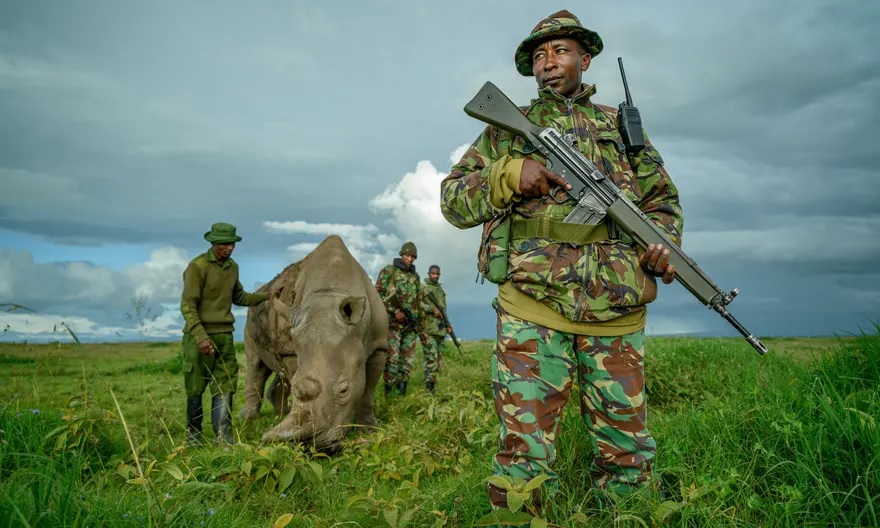
“I think their agenda is genuine and motivated by a real desire to help the world,” says Dr Tori Herridge, an evolutionary biologist from the Natural History Museum. “But there’s basically no good reason to do what they’re doing. It’s pointless – wasted money.” Discussion of the mammoth project, and others, invokes ideas of bringing back a lost Eden, she says. “It appeals to the emotional side of people and side-steps some of the boring, prosaic but important questions about what we want to actually achieve in terms of ecosystem function.”
Heather Browning, a philosopher at the London School of Economics, notes the suffering likely to be incurred by the first such hybrid mammoths. “You don’t have a mother for a species that – if they are anything like elephants – has extraordinarily strong mother-infant bonds that last for a very long time,” she told the New York Times last year. “Once there is a little mammoth or two on the ground, who is making sure that they’re being looked after?”
Saving the northern white rhino appears a more worldly goal, but it also divides opinion. Dr Cooper, science lead on a new exhibition at the Natural History Museum called The Lost Rhino, suggests the show will spur conversations “about whether we should be trying to bring back this rhino”. Reflecting on how conservation efforts appeared narrowly focused towards rhinos, she adds, “should we not be trying to save all of the many species that still exist rather than focusing so much money and effort on just one subspecies?”
Yet the impressive conservation success behind the recovery of the southern white rhino gives its fans hope. A century ago, the species declined to less than 100, centred in only one part of South Africa after being hunted to near extinction by Dutch and British settlers. Today, they number about 15,000 across protected areas and private game reserves where they are hunted, but also managed to ensure their population remains stable.
What’s more, the technology currently in development for the northern white rhino mission has been successfully used on mice. A 2016 study in Nature reported that a stem cell can now effectively be manipulated to become a female egg through a sequence of cutting-edge processes to confer fertility upon it. “The reconstitution of these events in-vitro… is a key achievement in reproductive biology and regenerative medicine,” the authors wrote.
Although Ryder acknowledges “the mouse and the rhinoceros are different in many ways”, his team has induced versatile stem cells from nine of the rhinos. The goal is now to manipulate those to produce reproductive cells. “If you can make eggs and sperm in the laboratory, then you can produce embryos,” he explains. “Those embryos can be cultured and developed to the stage where they can be transferred into a southern white rhino recipient. But “their parents would be cells”.
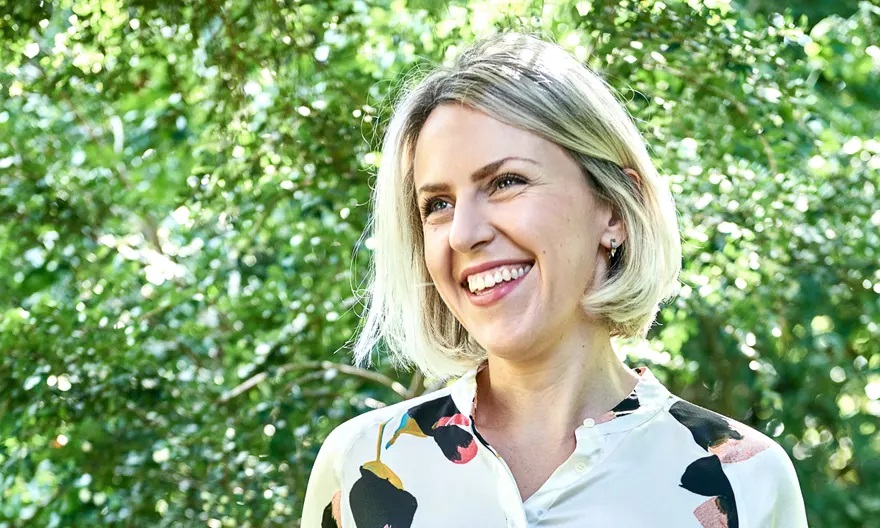
Efforts are also afoot in Malaysia to save the Sumatran rhino after the last male, Kertam, died in 2019. Using his skin cells, stem cells and brain organoids have successfully been created. “To the best of our knowledge, mini-brains like these have only been obtained from mouse, human and non-human primates so far,” says Dr Silke Frahm-Barske, from the Pluripotent Stem Cells Platform at the Max Delbrück Center in Berlin. “So we were very pleased to see that the stem cells we generated from the Sumatran rhino formed organoids quite similar to those of humans.”
Stejskal acknowledges that it is quite possible none of the methods being developed can save the embattled rhinos. “We have to somehow accept we might not be able to save them,” he concedes. It would, after all, be a phenomenal achievement after the northern white population plummeted from several hundred thousand across Uganda, Sudan, Chad and Central African Republic to near extinction in little over a century. It was mostly due to rampant poaching throughout the 1970s and 1980s, amid skyrocketing demand for the horn in places like China, where its health benefits are mythologised. Today, there is no guarantee local factors would not cause poaching to spike in line with any population reintroduction.
Herridge, who mostly works with fossils to research extinctions, says successful efforts to save dwindling species must be holistic, multiagency endeavours that address the fundamental issues of population decline, including human poverty (one rhino horn can be worth hundreds of thousands of dollars) and access to land. “You can’t just plop something back into the situation that caused it to go extinct.”
But attempts to bring other species literally back from the dead are in a league of their own. Some wealthy westerners “who are not interested in bog standard conservation” are getting very excited by far more expensive “techno-utopian approaches”, adds Herridge. “It tells us something about our priorities, and also maybe our needs as individuals, our emotions as individuals.”
What is hoped to be achieved through such efforts, she asks. The funding could be allocated to more tried and tested techniques to protect threatened species today. This question is at the centre of the new NHM exhibition in London. After wiping out an entire species, would humans even be able to protect a resurrected rhino, it asks.
It features a lifesize digital northern white rhino, along with a variety of imperfected versions of the near-extinct mammal breed to act as a clarion call to protect threatened species. As the artificial rhino roams in the virtual world, it becomes seemingly more real (less pixelated, more lifelike) as it acclimatises itself to its surroundings: “Is this rhino, coming to life divorced from its natural context, a better substitute for the real?”
Curator Alexandra Daisy Ginsberg says that in today’s consumer-driven society, “We get so excited about creating new things, but completely neglect to think about value in other ways.” When she considered this paradox – “a revealing of modern western human values” – an idea was born. “I needed to create my own northern white rhino, to think about what it means to bring something back.”
She echoes Herridge in expressing concerns over a “technological solution that doesn’t take into account the social and structural issues that cause biodiversity loss and climate breakdown”. If animals can simply be brought back, says Ginsberg, “where are you going to put them?”
The Lost Rhino: An Art Installation with Alexandra Daisy Ginsberg is at the Natural History Museum’s Jerwood Gallery, London, until 19 March 2023; nhm.ac.uk
cover photo: Still standing: Najin and Fatu, whose egg cells were successfully harvested, at Kenya’s Ol Pejeta Conservancy. Photograph: Ami Vitale


